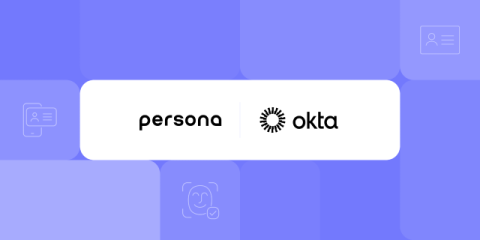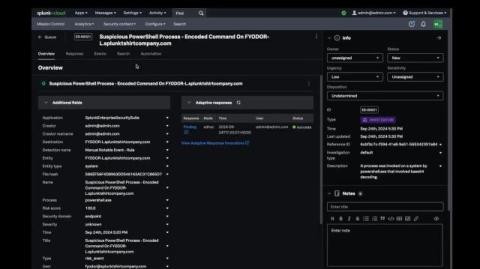Best Web Scraping Courses Available in 2024
Looking for the best web scraping courses but don’t know where to start? We’ve curated a list with the best ones available online. From Python libraries to JavaScript frameworks, these comprehensive courses cover a wide range of tools and techniques to help you master web scraping. Whether you’re a beginner or an experienced programmer, you’ll find one that suits your needs.











